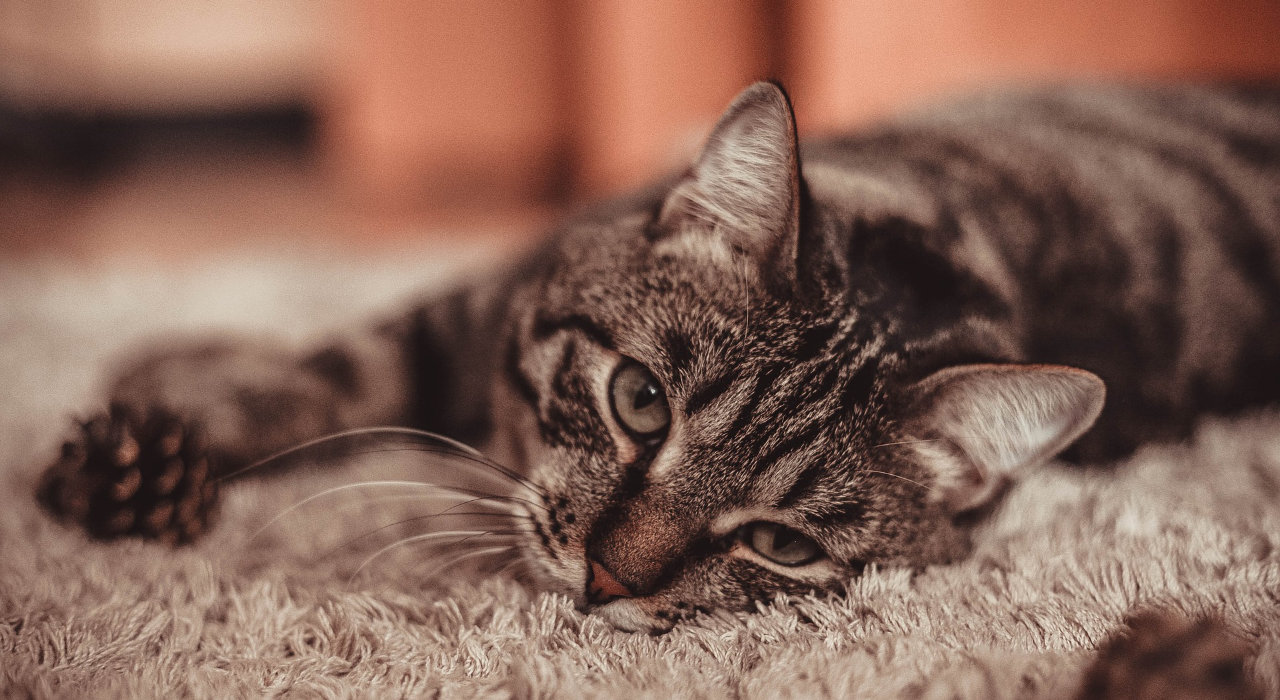Does your cat hate going to the vet? If so, you’re not alone. A stressed and anxious kitty often equals a stressed owner. And unfortunately, in an attempt to avoid the undesirable experience of taking Fluffy to the vet, many cat owners skip vet visits altogether. The problem with this approach is that regular visits to the vet are a preventative measure that can detect and treat health issues before they progress. We want to encourage cat owners to schedule annual checkups, so we’d like to offer a few tips to make vet visits less stressful for your cat.
Why Do Cats Dislike Trips to the Vet?
Your little, furry companion is probably not a big fan of a number of stressful factors involved in a visit to the vet. By nature, cats are independent and sensitive creatures that like routine. They love to have spaces to hide in and the ability to escape if they feel threatened. Visiting the vet tends to go against all of their natural instincts.
In addition, a visit to the vet includes the dreaded travel by car, unfamiliar sounds and smells, uncomfortable or unfamiliar handling, and perhaps the recall of previous negative experiences. While some of these things are outside of your control, there are several ways you can lessen the anxiety that your furball experiences when they come to the vet.
1. Create a Positive Carrier Experience
Most cats are not naturally going to love their carriers. If you’re a cat owner, then you’ve probably had the pleasure of trying to stuff your uncooperative kitty into her carrier, only to make her loathe it even more. But just like dogs, cats can be trained—to a certain degree—to tolerate or even enjoy their carriers.
Try placing comfortable bedding and a toy inside her carrier and leaving it out for her to explore. You can even spray pheromones on a towel or blanket in her carrier that will relax your cat. If she’s able to associate positive feelings with her carrier, and see it as a refuge and safe space, she will be less likely to resist it when the time comes to visit the vet.
With that being said, you’ll want to choose a carrier that is large enough to provide room for her to turn around, but not too large that she’ll flail about unnecessarily when carried. Carriers that open from the top can also make placing your cat into her carrier a much smoother and less stressful process. Carriers that open from the top also allow for the veterinarian to complete some of the exam while Fluffy remains in the safety of her carrier. When you pick the carrier up, hold it with two hands at the bottom instead of by the handle, to decrease the rocking sensation she’ll experience.
2. Slowly Introduce the Concept of Traveling by Car
First, we should mention that you should never travel with your cat outside of her carrier. Not only is it potentially unsafe for her, but it will likely be dangerous for you, seeing as a frightened feline is likely to jump around and could potentially scratch you.
Once your cat has begun to cozy up to her carrier, it’s time to gradually introduce her to the car. Like any training, this process might seem a bit tedious for you, but it’s well worth the effort since it can greatly reduce the anxiety your cat experiences during a car ride.
Before you begin, make sure to have plenty of Fluffy’s favorite treats on hand. Start by simply placing her in the car (inside her carrier of course) with the car door open. Give her a treat. And then take her out of the car and give her another treat. Repeat this process several times—it doesn’t have to be all on the same day—until she seems comfortable.
Next, practice closing the car door. Closing the door will only add to her trapped feeling, so moving on to this step gently and slowly will be helpful. Every time the door opens and closes, give her a treat. Then it’s time to turn the car on and off, offering a treat each time.
Finally, work your way up to driving short distances like a drive around the block or neighborhood—with treats involved! Slowly but surely, your cat will hopefully adjust to going on car rides.
3. Prepare Her for the Waiting Room and Exam
As we mentioned before, the vet’s office is an agitating environment and experience for most cats—some of which cannot be controlled. However, there are a few ways you can reduce the stress for your cat once you reach the vet.
Teach your cat to tolerate being handled. Hopefully, you’ve started this process when she was a kitten or new to your home. But even if you haven’t, cats can be trained to tolerate being handled. Practice holding her and picking her up. And have your friends do the same so that she gets used to strangers handling her.
Most cats strongly dislike having their paws touched. You can build her tolerance to paw handling by holding each of her paws and gently pressing on each toe. Be sure to reward her with treats and praise.
On the day of the visit, avoid feeding your cat a few hours before the appointment. This way, she’ll be hungry and more likely to enjoy the treats she’s offered at the vet’s office.
Before you enter the clinic with your cat, take a second to peak into the waiting room and notice if there is a lot of commotion or barking dogs. If it’s a bit chaotic, ask a receptionist if you and your cat can wait in a separate room. And don’t forget to bring the pheromone spray! A spritz while she’s waiting can help relieve her nerves.
Most of all, it’s important that you, the owner, provide a calming and anxiety-free presence for your feline. Cats can pick up on the energy you emit, and a stressed-out owner will only add to her stress.

